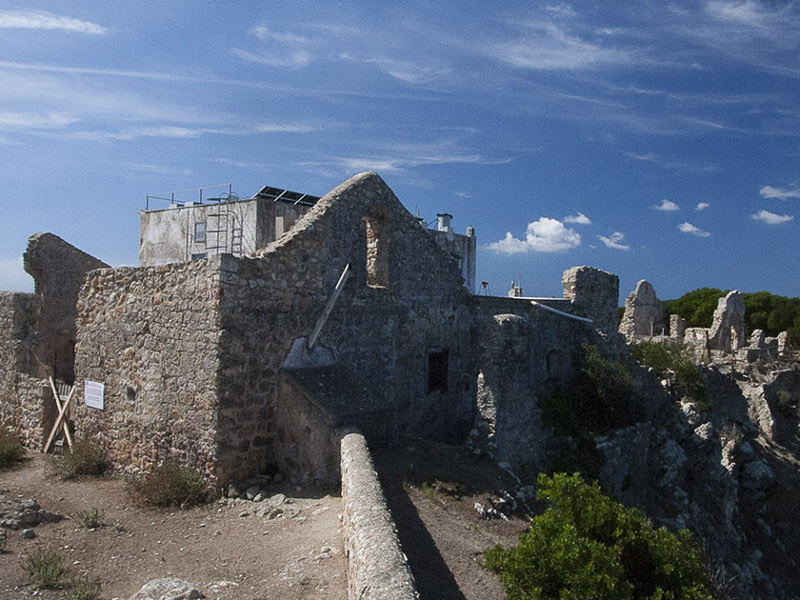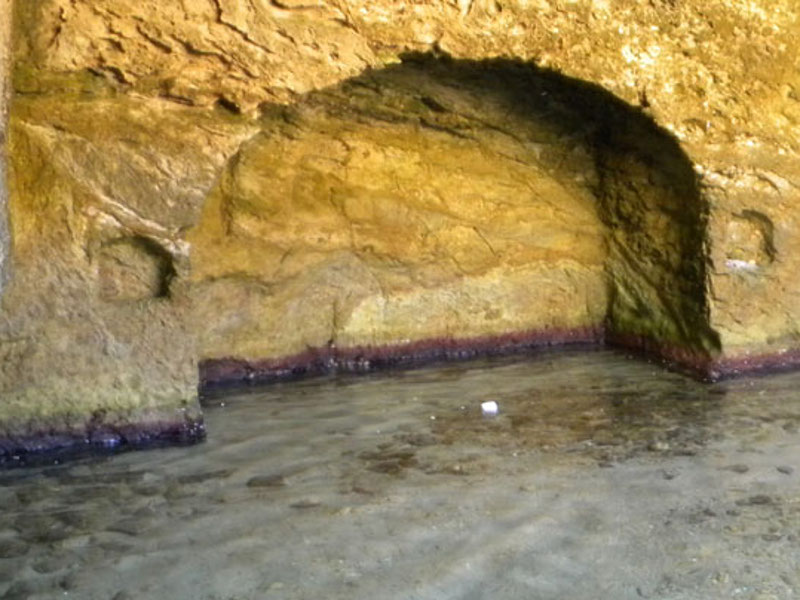Santa Maria e del Santo Spirito di Zannone
The island of Zannone, formerly called "Sinonia", had already hosted a Benedictine monastic community which however left it in 813 following the raids of the Saracen pirates. In 1213 some monks of the same order, coming from Sant'Angelo di Gaeta, returned to the island and began to observe the Joachim Rule, but in 1237 they asked the General Chapter to join the Cistercian Order. In 1246, at the request of Pope Innocent IV, the monastery became a Cistercian abbey, with the name of Santo Spirito di Zannone or "Semprone", as Janauschek and other authors wrongly reported. In 1291 the community asked to move to the mainland to escape the pirates, and the abbots of Fossanova, Casamari and the island monastery decided that the monks settled in a place near Gaeta, which must have happened around 1295. Actually, the new church they built there bears this date. With regard to the architecture, today only a few ruins remain of the Zannone island abbey complex. On the island there are also the archaeological remains of a Roman villa, and of a fish pond, dug into the rock near the Punta del Varo landing place. In the Park Plan adopted by the Lazio Region and under approval, ad hoc interventions are planned for the Island and then for the Monastery, the Peschiera and the Roman Villa including the Lighthouse complex through "A precise program of interventions that must concern the recovery and enhancement of existing properties of high interest and value (...) "








